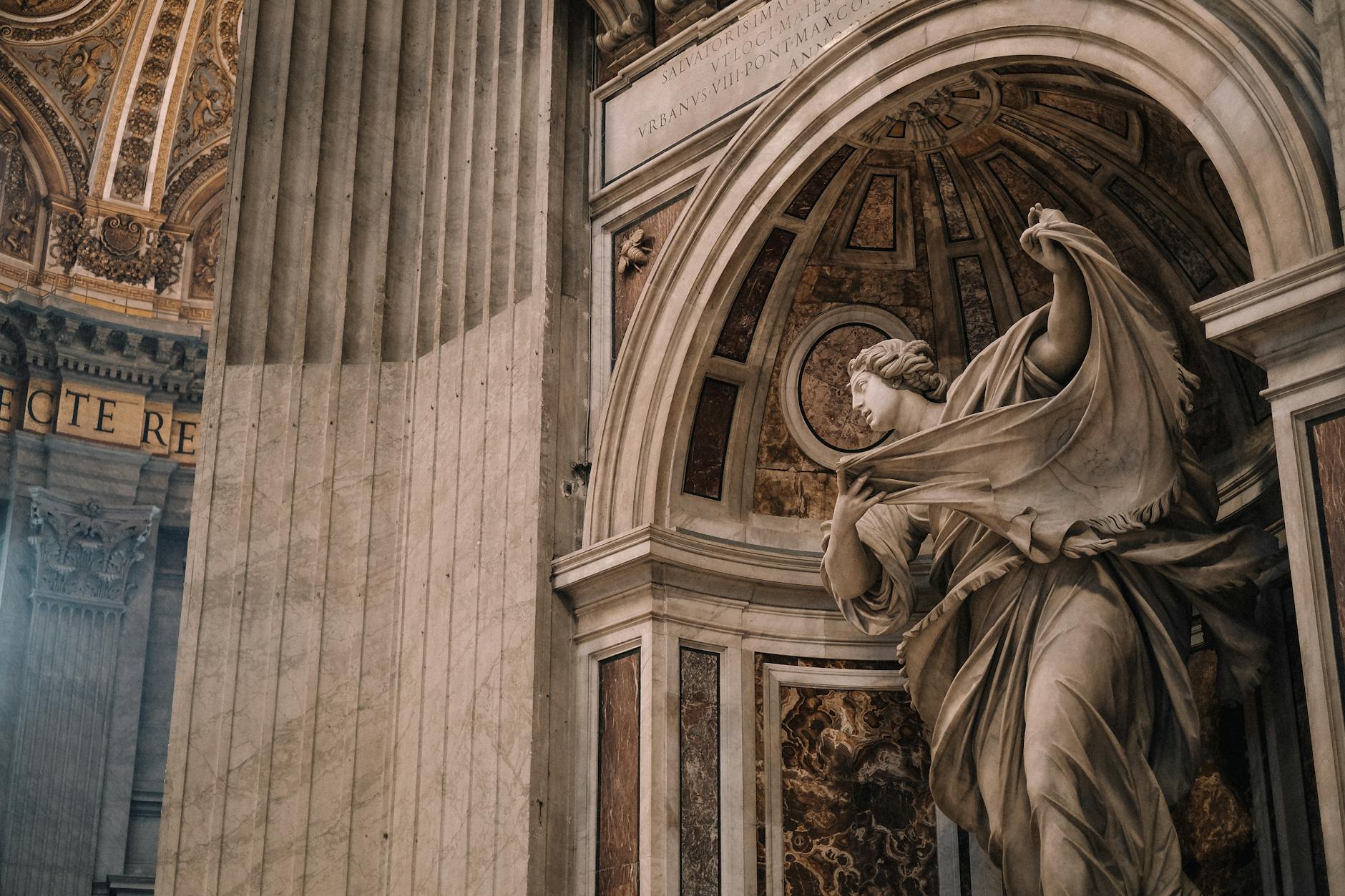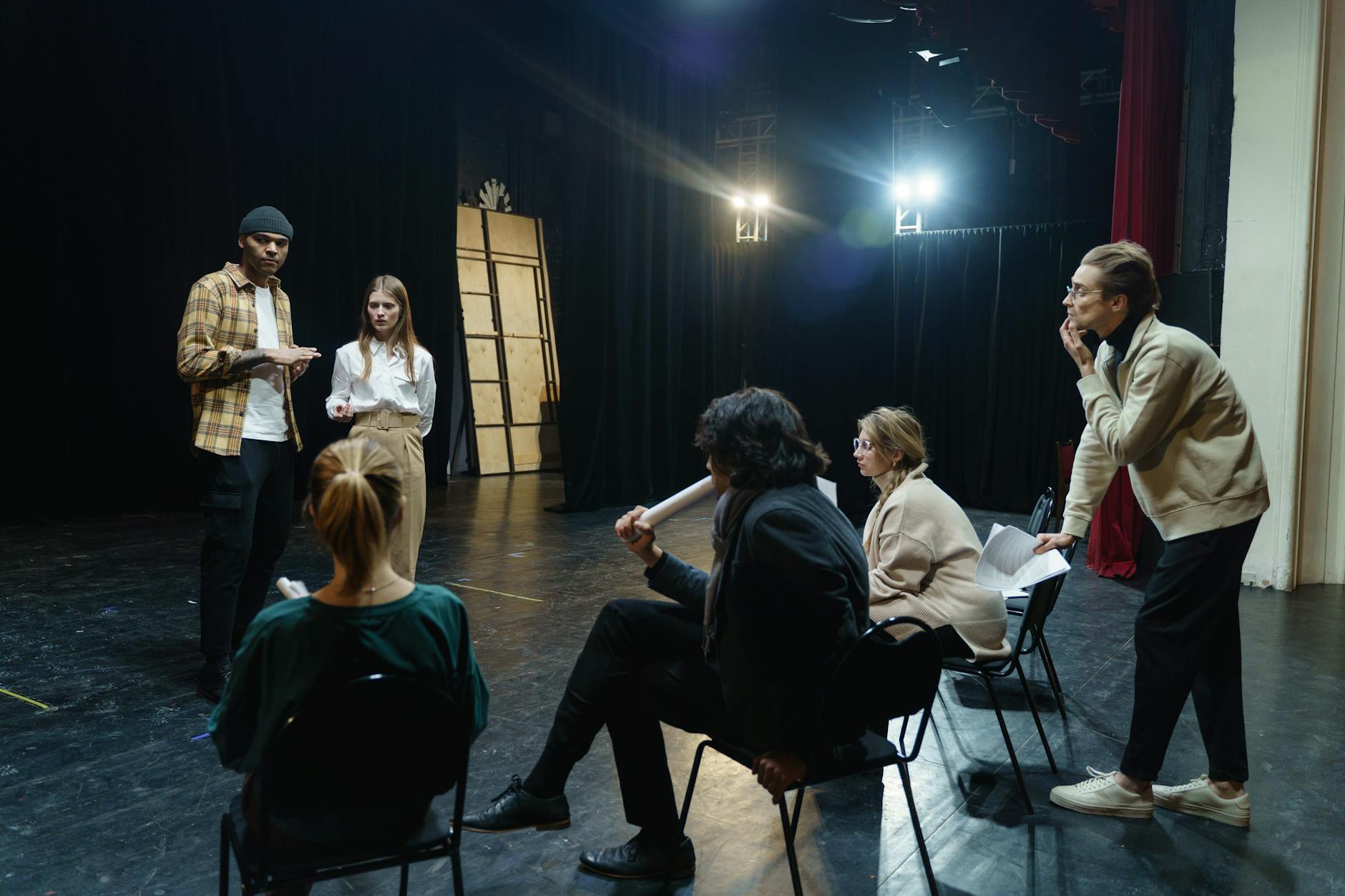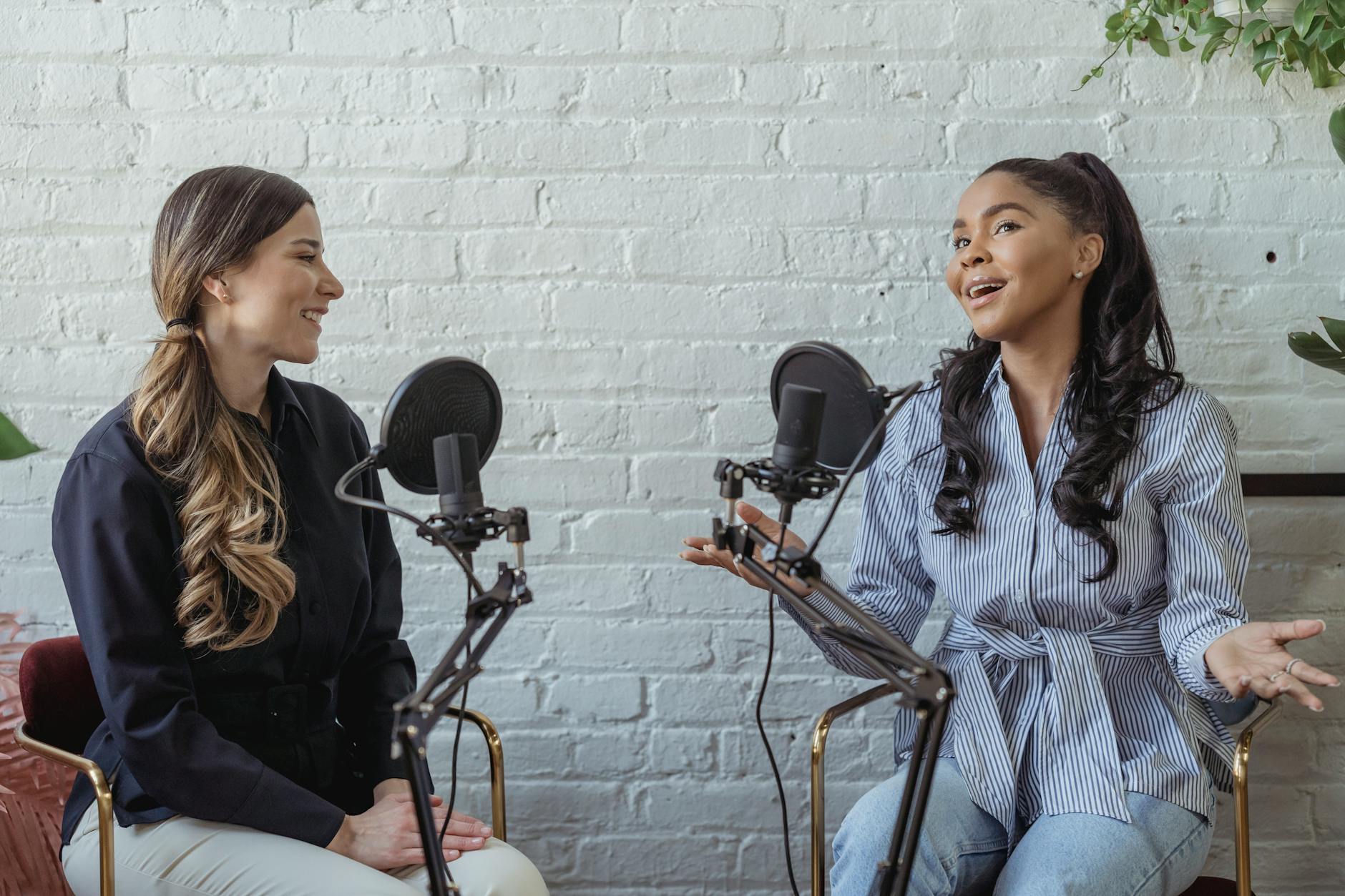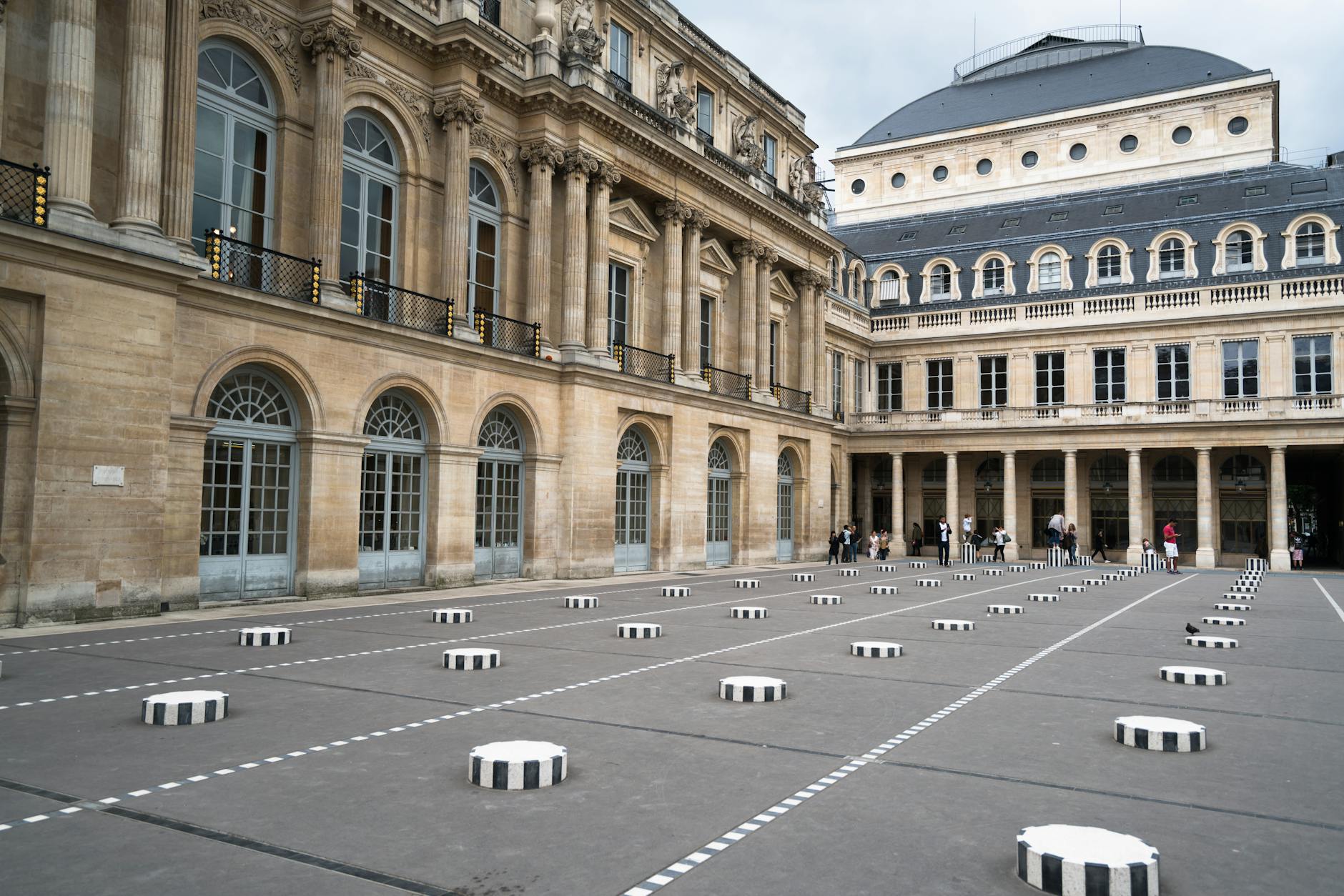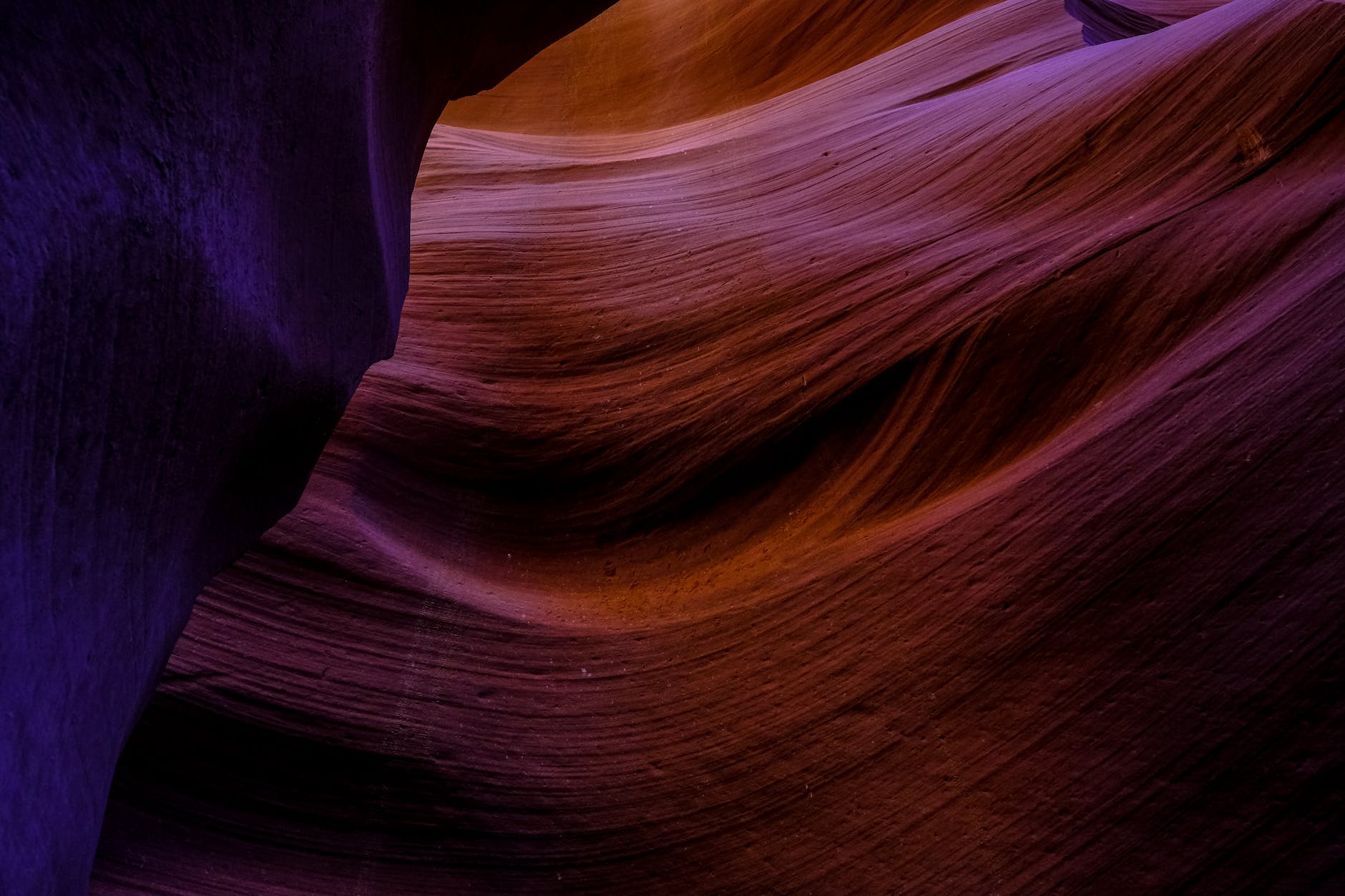Since time immemorial, humans have been using substances – natural and synthetic – to expand their consciousness, often resulting in remarkable spikes in creativity and artistic expression. A significant exponent of this is the use of psychedelics. This article seeks to provide an in-depth perspective on how psychedelics have, and continue to, influence visual art, music, literature, and other forms of artistic expression.
At the heart of this exploration are psychedelics, a group of substances with a potential to drastically alter perceptions, emotions, and cognitive processes. For artists, these enhanced or twisted realities often provide the basis for originality and uniqueness in their works.
Beginning in the mid-20th century, psychedelics started to make their mark more prominently on the creative world. The counterculture of the 1960s and the “flower power” movement witnessed the of use psychedelics as a source of creative inspiration. Visionary artwork – often characterized by intricate detail, vibrant color, and abstract forms – became synonymous with this movement, reflecting the hallmark characteristics of psychedelic experiences.
Psychedelics have been influential in visual art primarily through their abilities to alter perception and inspire profound psychological insight. Artists operating under these influences contribute to expansive and intricate compositions, portraying visions and experiences that can hardly be articulated in words.
Music is another realm where the impact of psychedelics has been deeply felt. Artists like The Beatles, Jimi Hendrix, The Doors, and countless others have been open about their psychedelic experiences. They argue that these substances helped to remove thought filters, promoting free form improvisation and innovative harmony, key elements in their groundbreaking musical creations.
Literature has not been left behind in experiencing the waves made by mind-altering substances. Authors and poets like Aldous Huxley (Brave New World) and Allen Ginsberg (Howl) revealed their psychedelic experiences through their works, paving the way for a literary evolution. These writers crafted narratives integrating their expanded perceptions and insights, leading to a profound transformation in literature.
In contemporary times, the correlation between psychedelics and creativity continues to gain attention. A slew of contemporary artists attest to the influence of psychedelics on their work, citing enhanced visual acuity, intensified emotions and heightened introspection deriving from their trips.
Recent scientific research supports these claims. A study in the Journal of Psychoactive Drugs linked psychedelic use to increased creativity, enhancing the capacity for divergent thinking, a key factor in creativity. Similarly, a study from Johns Hopkins University found evidence supporting the assertion that psychedelics can lead to significant enhancements in creativity and overall psychological wellness, opening up new possibilities for artistic innovation.
However, the influence psychedelics exert on art is not without debate. Some argue that these substances may give the impression of enhanced creativity but may also impair the ability to effectively transmit and structure these creative ideas. This view holds that while psychedelics may provide inspiration, the core ability to manifest it into artistic expression differs from one individual to another and depends largely on their inherent talent.
Despite the debates and controversies, the link between psychedelics, art, and creativity is unequivocal. It’s a fascinating confluence where expanded perceptions meet artistic creativity, producing some of the most revered and treasured pieces in history. Whether viewed as a boon or a bane, the influence of psychedelics on artistic expression is a potent dialogue that will continue amid evolving cultural and scientific landscapes.




